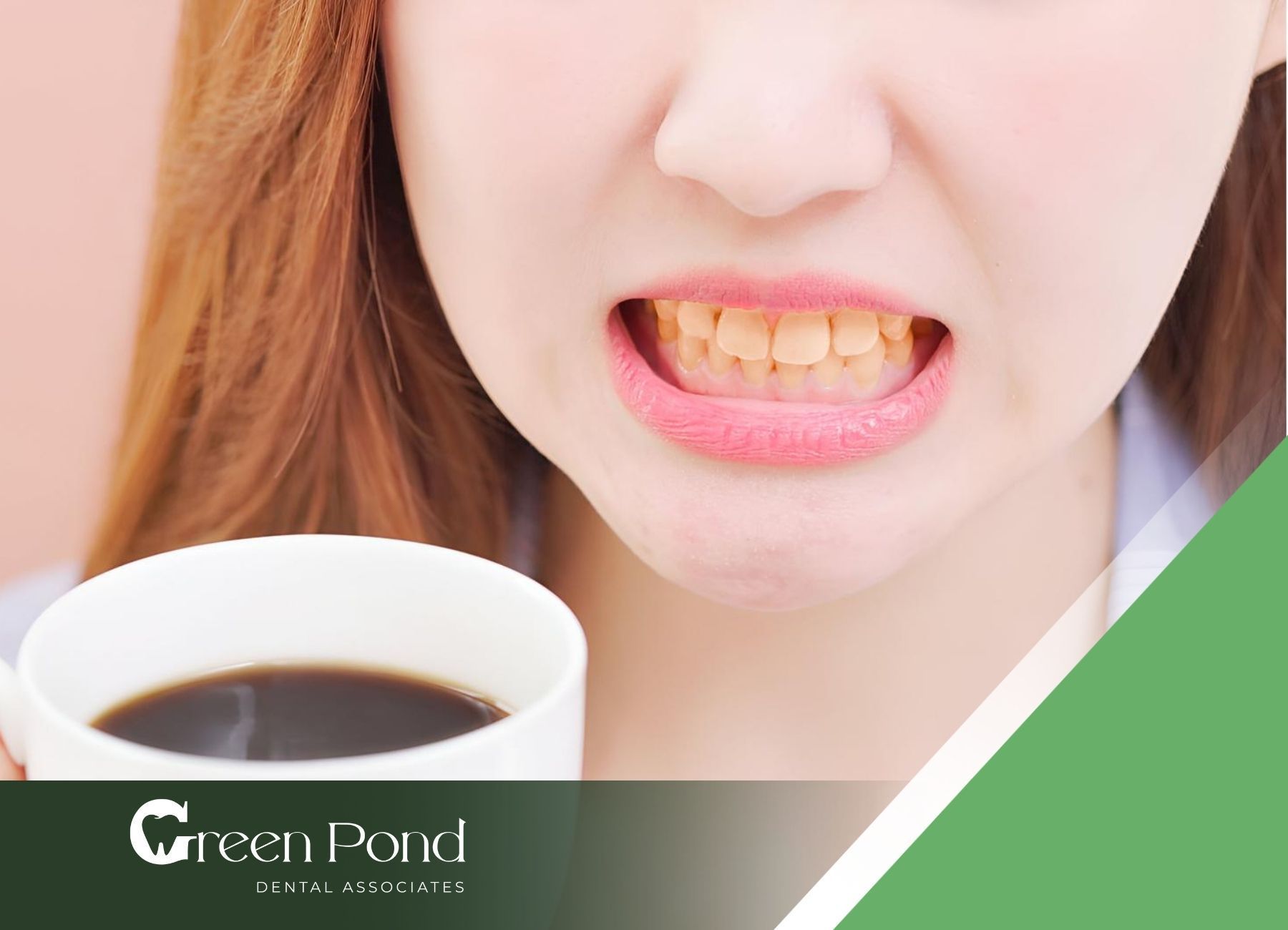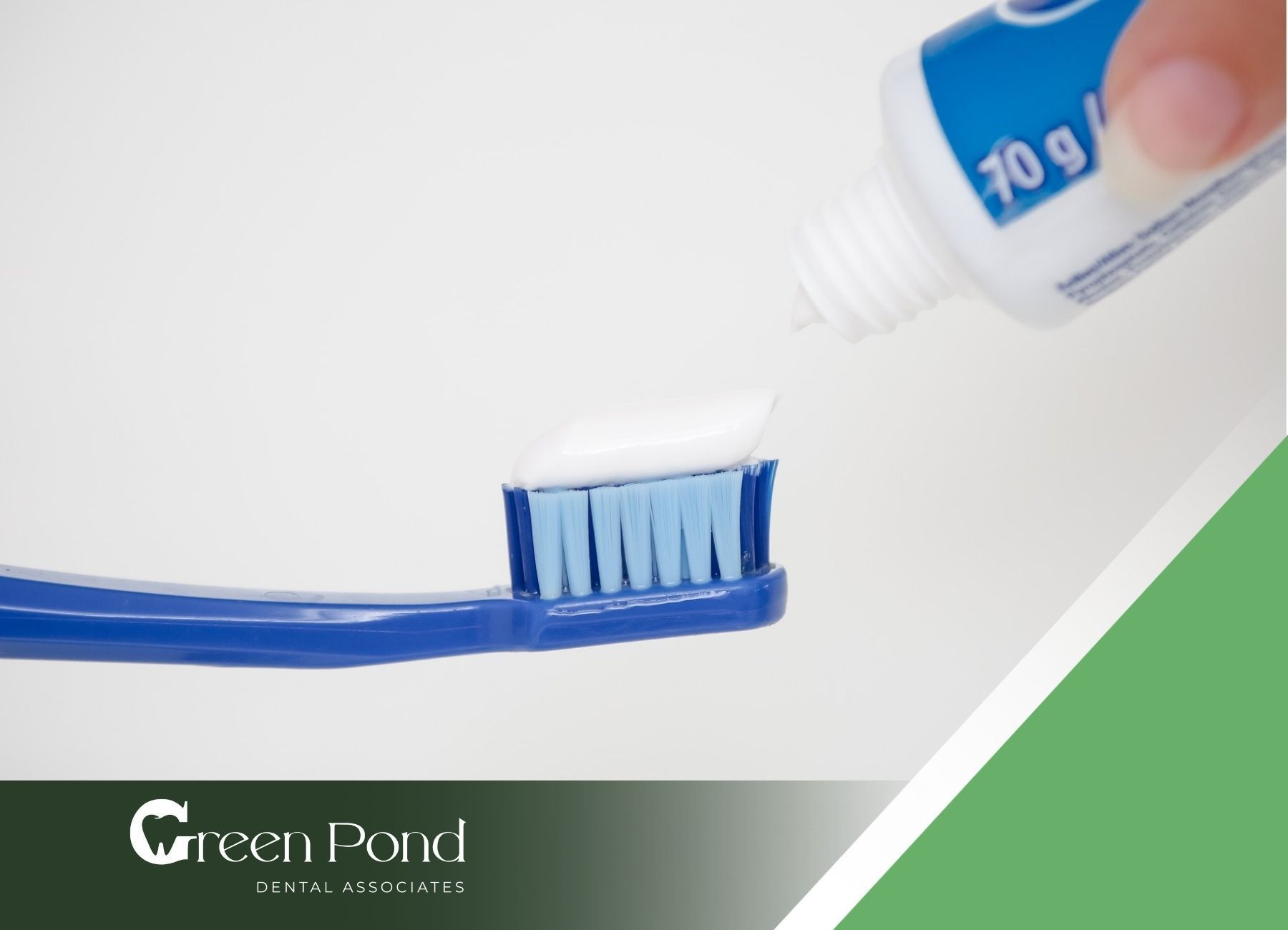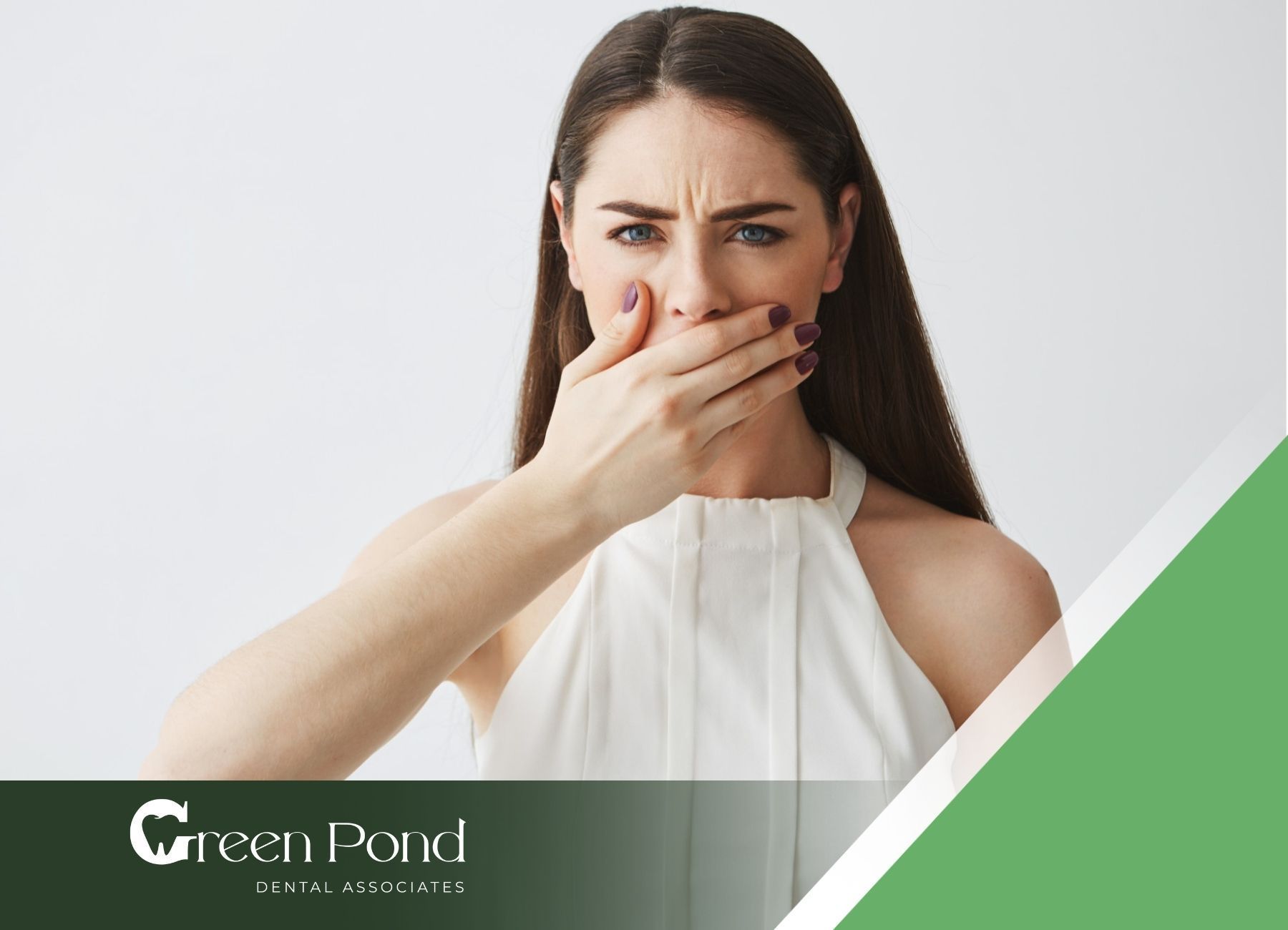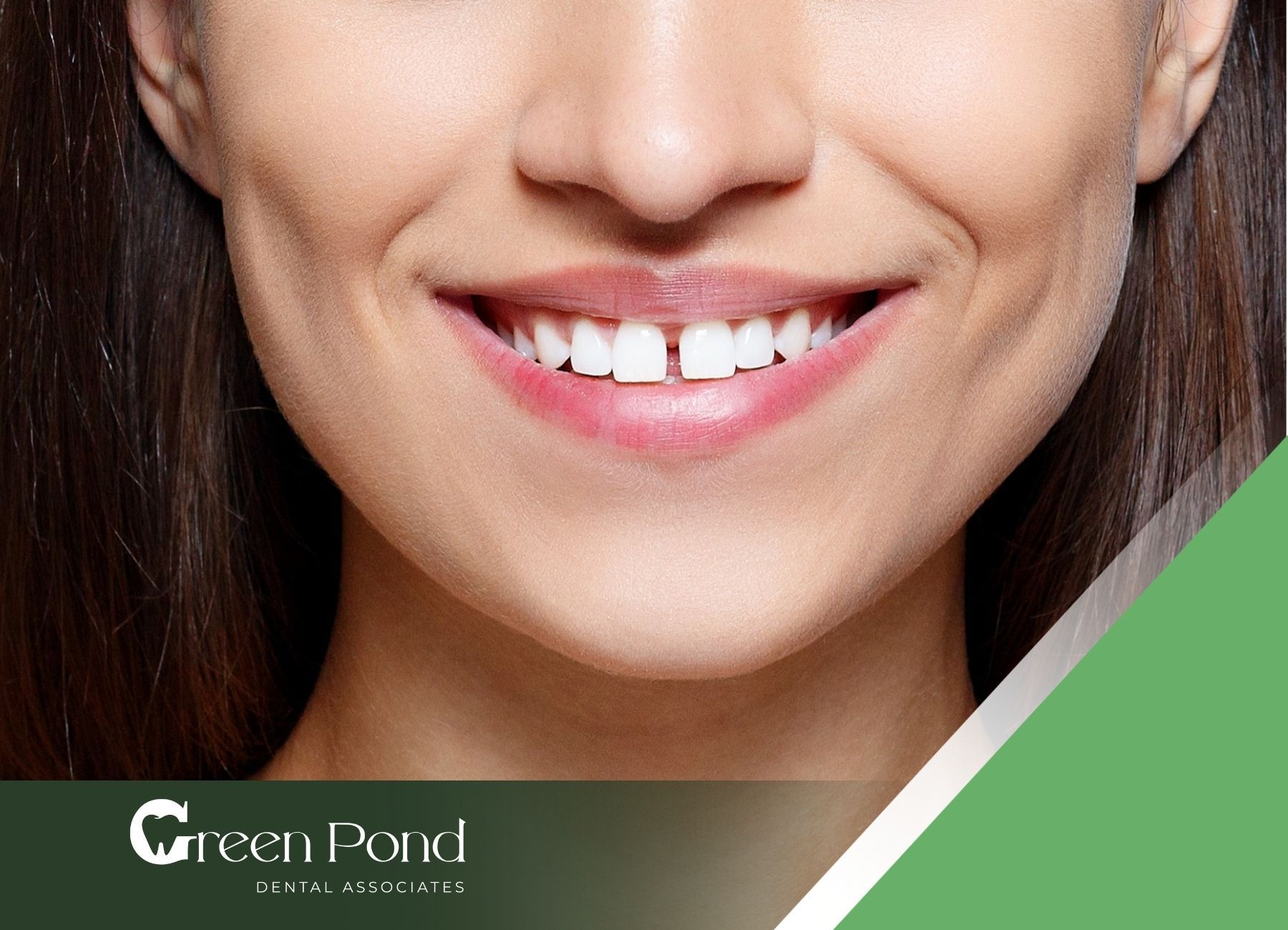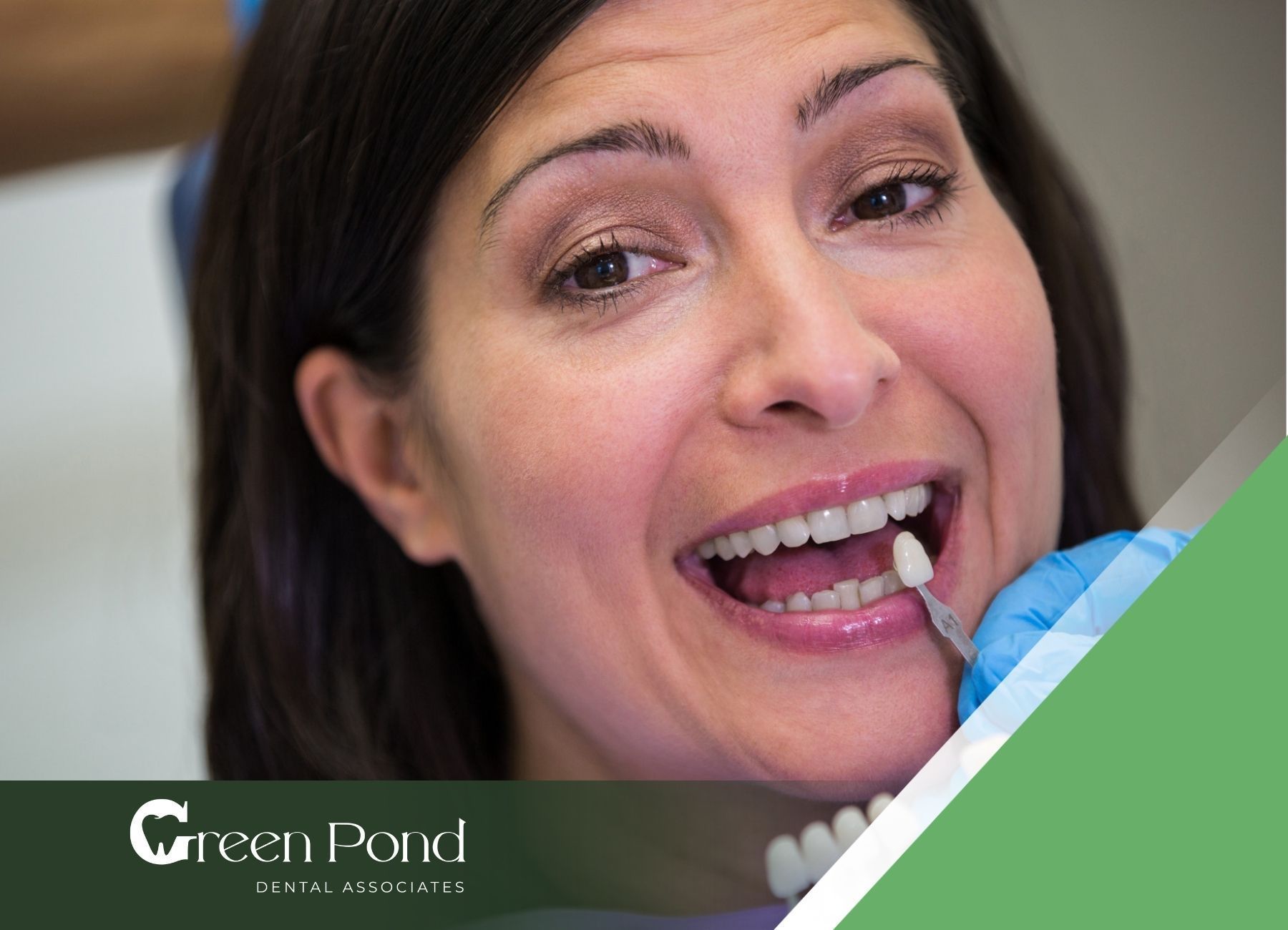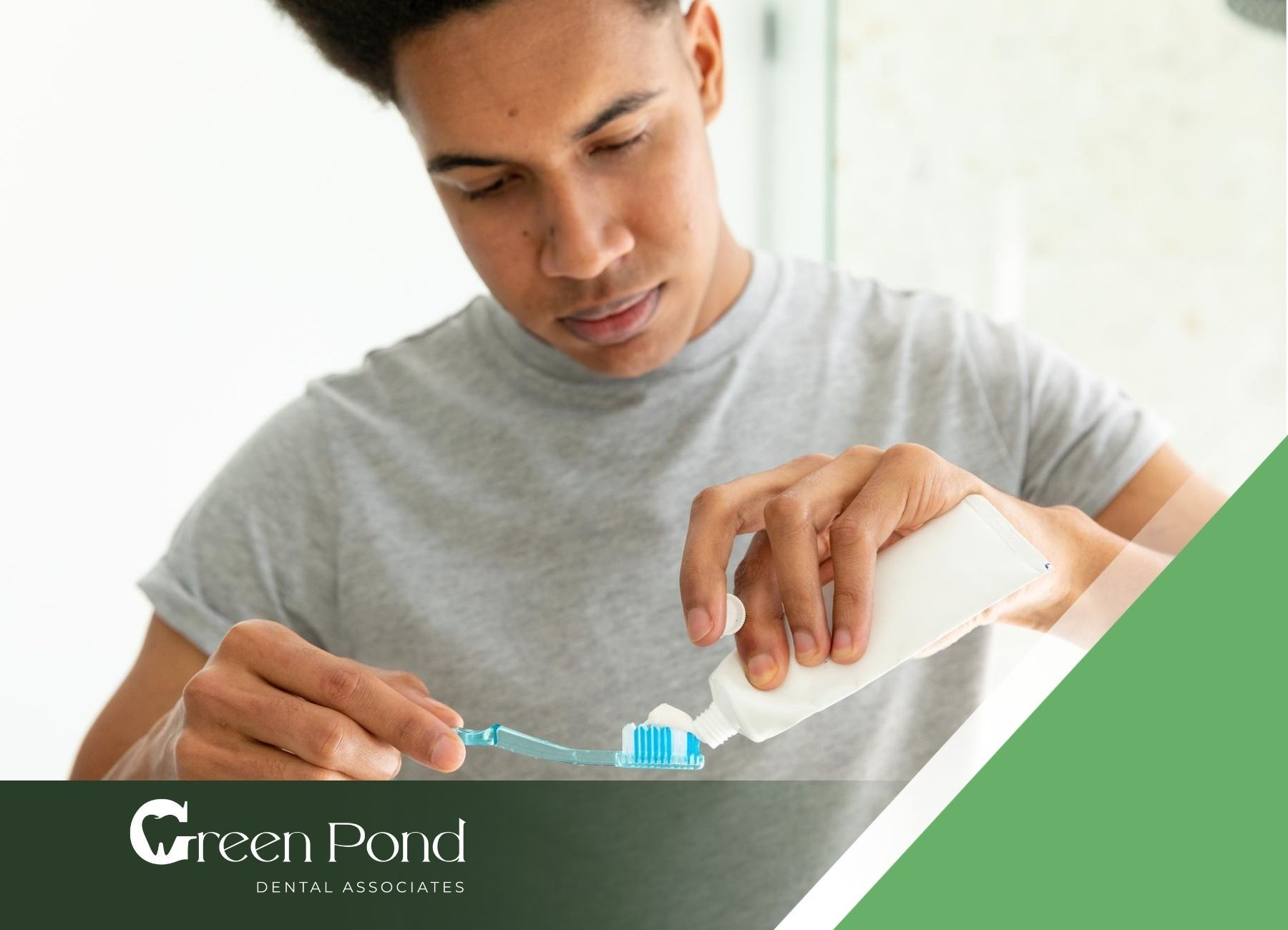Don’t Overbrush! Simple Tips to Avoid Tooth Sensitivity
Brushing your teeth is essential for good oral hygiene, but did you know that brushing too hard or too often can actually harm your teeth? Overbrushing, a common mistake many people make, can lead to tooth sensitivity, gum recession, and even enamel erosion. In this article, we’ll explore how to brush better—not harder—so you can maintain a healthy, radiant smile without the discomfort of sensitivity.
Understanding Overbrushing
What is Overbrushing?
Overbrushing refers to the practice of brushing your teeth too often or with excessive pressure. Many people believe that brushing harder or more frequently leads to cleaner teeth. However, this common misconception can lead to significant dental issues. It’s important to strike a balance between effective cleaning and gentle care for your teeth and gums.
Typically, brushing is recommended twice a day for two minutes each time. Overbrushing occurs when you exceed these recommendations, often using abrasive techniques that can damage your oral health.
Effects of Overbrushing on Tooth Sensitivity
The impact of overbrushing can be detrimental to your dental health. One of the most common effects is tooth sensitivity. This condition occurs when the protective enamel covering your teeth becomes damaged, exposing the underlying dentin. As a result, you may experience discomfort when consuming hot, cold, or sweet foods.
Overbrushing can lead to several negative consequences:
- Tooth Sensitivity: Increased pain or discomfort when exposed to different temperatures or substances.
- Gum Recession: Gums may pull away from the teeth, possibly leading to further sensitivity and aesthetics issues.
- Enamel Erosion: Loss of the protective outer layer can result in more cavities and heightened sensitivity.
Understanding overbrushing and its potential effects is essential for maintaining good dental hygiene. Ensuring you practice gentle brushing techniques can help prevent sensitivity and promote overall oral health.
Signs of Overbrushing
If you find yourself brushing your teeth more vigorously or frequently than recommended, you may be experiencing the signs of overbrushing. Understanding these signs can help you take better care of your dental health.
Gum Recession
One of the most noticeable signs of overbrushing is gum recession. This condition occurs when your gums begin to pull away from your teeth, exposing more of the tooth root. It can lead to discomfort and increase the risk of tooth sensitivity and other dental issues.
| Stage of Gum Recession | Description | Potential Symptoms |
|---|---|---|
| Mild | Slightly noticeable recession | Minimal sensitivity |
| Moderate | Definite gum line change | Increased sensitivity, visible tooth roots |
| Severe | Significant gum loss | Pain, potential for tooth loss |
Tooth Enamel Erosion
Tooth enamel erosion is another serious effect of overbrushing. Enamel is the protective outer layer of your teeth, and aggressive brushing can wear it down. Without sufficient enamel, teeth can become more susceptible to decay and sensitivity.
| Level of Enamel Erosion | Description | Potential Symptoms |
|---|---|---|
| Minor | Slight dullness or wear | Slight sensitivity to hot or cold |
| Moderate | Increased visibility of dentin | Heightened sensitivity, visible grooves |
| Severe | Major enamel loss | Severe sensitivity, increased risk of cavities |
Recognizing these signs early can help you adjust your brushing habits and protect your teeth from further damage. If you notice any of these symptoms, consider consulting with a dental professional for advice.
Prevention Strategies
To avoid the negative effects of overbrushing and maintain your dental health, consider the following prevention strategies. These techniques will help you care for your teeth while minimizing the risk of sensitivity.
Choosing the Right Toothbrush
Choosing the right toothbrush is crucial in preventing overbrushing. A toothbrush with soft bristles is recommended as it is less likely to irritate your gums or wear down your enamel. Additionally, the size and shape of the brush head should allow easy access to all areas of your mouth.
| Toothbrush Feature | Recommendation |
|---|---|
| Bristle Type | Soft |
| Head Size | Small to Medium |
| Handle Type | Ergonomic for comfortable grip |
Proper Brushing Technique
Using the right technique is essential to ensure that you clean your teeth effectively without causing harm. Aim to brush gently for two minutes, covering all surfaces of your teeth.
Here's a simple technique to consider:
- Hold your toothbrush at a 45-degree angle to your gums.
- Use short, gentle strokes to brush the outer, inner, and chewing surfaces of each tooth.
- Avoid scrubbing back and forth vigorously, as this can contribute to overbrushing.
Importance of Regular Dental Check-ups
Regular dental visits are key to maintaining your oral health and preventing issues related to overbrushing. During these check-ups, a dental professional can assess your brushing technique and provide tailored advice to enhance your
oral care routine. They can also identify early signs of enamel erosion or gum recession, allowing for timely intervention.
| Check-up Frequency | Recommendation |
|---|---|
| Adults | Every 6 months |
| Children | Every 6 months or as recommended |
By following these prevention strategies, you can significantly reduce the risk of overbrushing and its impact on tooth sensitivity. Your oral health deserves the right care, and being mindful of your brushing habits is a big step towards achieving that.
Gentle Oral Care Practices
Taking care of your teeth should be a gentle process. This section offers practical tips on how to brush effectively without causing sensitivity or damage through overbrushing.
Gentle Brushing Techniques
To minimize tooth sensitivity, adopting gentle brushing techniques is essential. Here are some key practices to follow:
- Circular Motions: Use small, circular motions instead of back-and-forth scrubbing. This method is less abrasive on your gums and enamel.
- Light Pressure: Apply light pressure while brushing. You don’t need to brush aggressively to remove plaque.
- Duration: Brush for at least two minutes, but avoid the urge to overdo it. Focus on thorough yet gentle cleaning.
Using Soft-Bristled Toothbrushes
Choosing the right toothbrush can make a significant difference in preventing tooth sensitivity. Soft-bristled toothbrushes are highly recommended for several reasons:
- Gentle on Gums: Soft bristles are kinder to your gums, reducing the risk of recession and inflammation.
- Protects Enamel: A soft-bristled toothbrush helps preserve tooth enamel while effectively removing plaque.
- Better for Sensitivity: If you experience sensitivity, a soft brush can provide a more comfortable brushing experience.
Incorporating Mouthwash and Fluoride Toothpaste
In addition to brushing, using mouthwash and fluoride toothpaste can enhance your oral care routine:
| Product | Purpose |
|---|---|
| Mouthwash | An antimicrobial mouthwash can help reduce plaque and gum disease while providing additional freshening. |
| Fluoride Toothpaste | Fluoride helps strengthen tooth enamel and protects against cavities. Look for total care formulas that support sensitive teeth. |
By implementing these gentle oral care practices, you can protect against overbrushing tooth sensitivity while achieving a healthy, radiant smile.
Taking care of your teeth shouldn’t mean brushing harder—it’s about brushing smarter. By using gentle techniques and the right tools, you can prevent overbrushing and protect your teeth from sensitivity.
If you’re experiencing any discomfort or are concerned about your dental health, Green Pond Dental is here to help. Our experienced team offers a range of services, from routine cleanings to advanced treatments, ensuring your smile stays healthy and bright. Schedule an appointment today and give your teeth the care they deserve!
FAQs
What is overbrushing?
Overbrushing refers to brushing your teeth too often or with excessive pressure, which can damage your enamel and gums.
How does overbrushing cause tooth sensitivity?
Overbrushing can wear down your enamel, exposing the underlying dentin and leading to increased sensitivity.
What’s the best way to prevent overbrushing?
Use a soft-bristled toothbrush, brush gently for two minutes twice a day, and avoid applying too much pressure.


